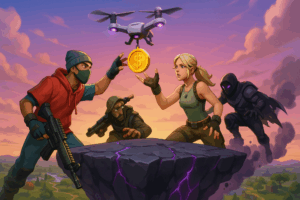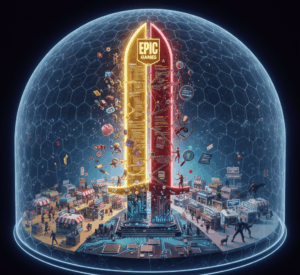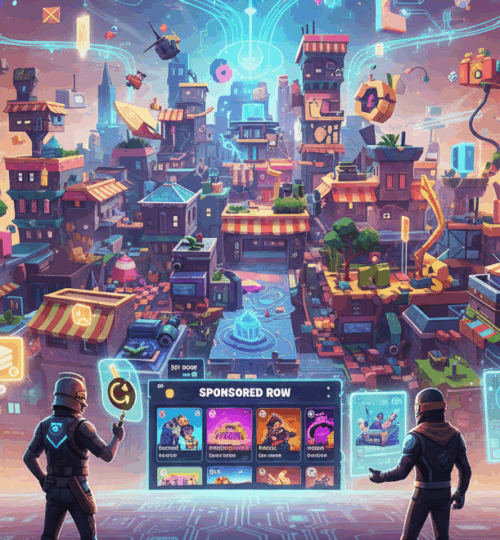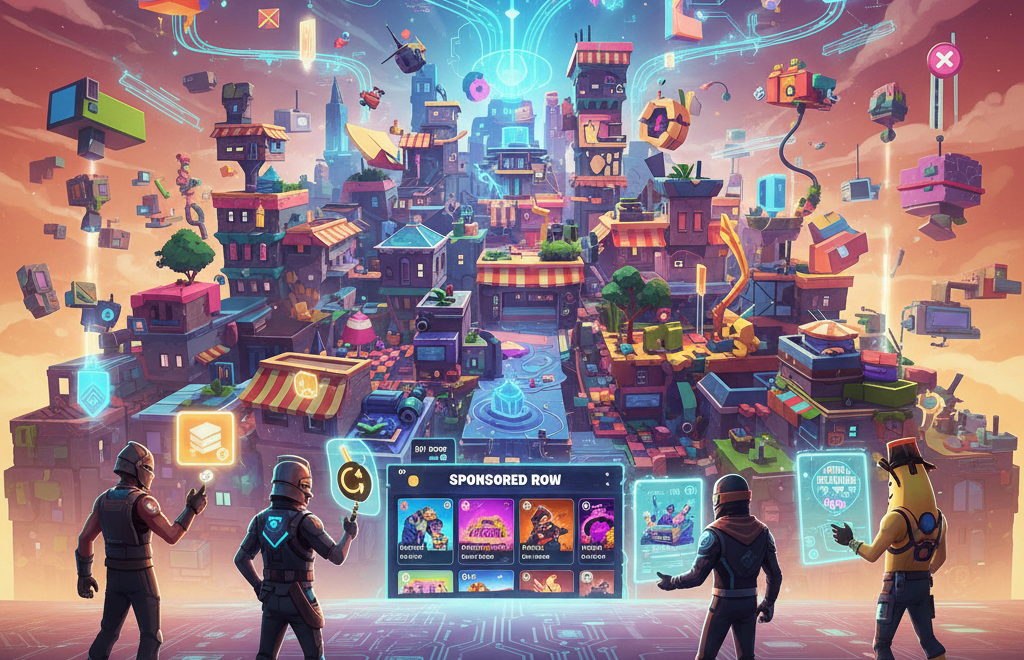Fortnite has never been just a game, and Epic Games keeps proving it. What started as a battle royale sensation has evolved into a sprawling platform for building, socializing, and creating. With the launch of Creative Mode, the Island Creator program, and the Unreal Editor for Fortnite (UEFN), Epic hinted at something bigger than a shooter. Now, they’ve taken a massive next step: giving creators the ability to sell their own in-game items directly within the islands they design. This change positions Fortnite as a full-fledged marketplace, an ecosystem directly competing with user-generated content (UGC) heavyweights like Roblox and Minecraft.
A New Economy: Direct Sales and Generous Payouts
Beginning in December 2025, creators can sell both durable items, like custom skins and cosmetics, and consumables that players can use up during a session. These transactions will happen directly within the player-made islands, keeping the entire loop, from creation to commerce, inside the Fortnite ecosystem.
To kickstart this new economy, Epic has announced a huge incentive: through the end of 2026, creators will receive 100% of the V-Buck value from these transactions. This means they’ll keep a vast majority of the retail purchase after platform processing fees. After 2026, the revenue share is scheduled to shift to 50%, giving creators plenty of incentive to jump in early and build their audience while the payout is highest.
The Rise of Paid Promotion and Platform Risk
 This new model also introduces another key tool from the broader digital economy: paid promotion. Epic will allow creators to purchase placement in a new “Sponsored Row” on Fortnite’s Discover page. This prominent visibility formalizes a truth that has always existed on digital platforms: attention can be bought. This move raises interesting questions about discoverability and fairness, echoing the ad-driven algorithms of YouTube or TikTok. Going forward, creating a successful Fortnite island will require not only design skill but also marketing savvy.
This new model also introduces another key tool from the broader digital economy: paid promotion. Epic will allow creators to purchase placement in a new “Sponsored Row” on Fortnite’s Discover page. This prominent visibility formalizes a truth that has always existed on digital platforms: attention can be bought. This move raises interesting questions about discoverability and fairness, echoing the ad-driven algorithms of YouTube or TikTok. Going forward, creating a successful Fortnite island will require not only design skill but also marketing savvy.
While this new system offers significant opportunities, it also comes with risks. The 100% payout is temporary, and when the revenue share drops to 50%, creators who invested heavily may find their margins squeezed. It’s easy to imagine a boom-and-bust cycle: a rush of new creators during the generous early phase, followed by a shakeout when the economics tighten. This strategy is similar to a startup’s growth plan, entice participation now, then normalize costs later.
The Double-Edged Sword of Platform Dependency
 This shift deepens Fortnite’s identity as a walled ecosystem. Assets built for Fortnite islands are locked to Epic’s infrastructure and terms of service. As creators develop entire product lines of digital goods, their dependence on Epic’s rules, algorithms, and moderation policies will grow. If the company alters its discovery system, changes its fee structures, or enforces new content restrictions, creators will have limited recourse. This is the classic double-edged sword of platform economies: they can supercharge opportunity but also centralize control.
This shift deepens Fortnite’s identity as a walled ecosystem. Assets built for Fortnite islands are locked to Epic’s infrastructure and terms of service. As creators develop entire product lines of digital goods, their dependence on Epic’s rules, algorithms, and moderation policies will grow. If the company alters its discovery system, changes its fee structures, or enforces new content restrictions, creators will have limited recourse. This is the classic double-edged sword of platform economies: they can supercharge opportunity but also centralize control.
From a player’s perspective, the changes promise a more diverse marketplace of cosmetics, power-ups, and unique interactive experiences. Yet, saturation is a real risk. If every island becomes a storefront, players could experience micro-transaction fatigue, forcing Epic to carefully consider quality controls. Intellectual property disputes are another concern. As more independent designers create sellable goods, the chances of copyright conflicts or asset plagiarism will increase, requiring stronger oversight and legal frameworks.
Fortnite’s Place in the Future of Gaming
 Viewed against the larger landscape, Fortnite’s move is part of a broader trend: platforms are no longer just spaces for consumption, but marketplaces for creation and commerce. Roblox pioneered this model, and Minecraft’s modding scene shows its power. But Fortnite brings unique advantages to the table: a massive global brand, polished graphics, and tight integration with Unreal Engine technology.
Viewed against the larger landscape, Fortnite’s move is part of a broader trend: platforms are no longer just spaces for consumption, but marketplaces for creation and commerce. Roblox pioneered this model, and Minecraft’s modding scene shows its power. But Fortnite brings unique advantages to the table: a massive global brand, polished graphics, and tight integration with Unreal Engine technology.
This strategy also echoes the broader metaverse conversation. Epic is effectively creating a self-contained digital economy where user-made objects have monetary value. Whether or not the company adopts blockchain mechanics, the underlying logic, digital property with real economic stakes, is similar.
The long-term outcome will hinge on how well Epic balances openness with control. A best-case scenario sees a flourishing marketplace of innovative islands and virtual goods, giving rise to careers and small studios that live entirely inside Fortnite. A more mixed result could look like today’s app stores, where only a small percentage of creators capture meaningful income. The worst case is a flood of low-quality or exploitative content that drives players away.
Whatever direction it takes, Fortnite’s latest evolution shows that the line between games and platforms is rapidly disappearing. By allowing creators to sell in-game items and buy their own exposure, Epic isn’t just adding features, it’s redrawing the map of how digital entertainment and commerce intertwine.


